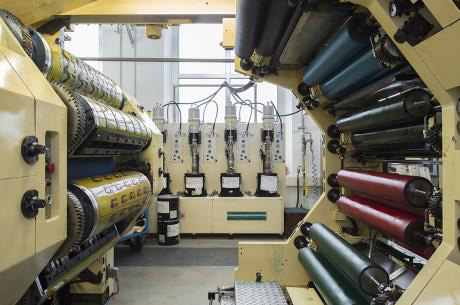Client Background
A specialised printing entity providing services to government stakeholders realised the need for reliability improvement due to irregular maintenance expenditure.
The plant processes high volume, complex printing jobs, where speed and accuracy are essential. The method used is intaglio printing, which is a process of embossing the paper into the incised lines, requiring considerable pressure with a roller press. Updating the printing press workflow was the first step in meeting requirements, but this was not enough. A successful digital press operation requires regular evaluation and tweaking to maximize efficiency.
Printing operations run 24/7 and production runs in a ready-for-service state for optimal production. The critical plant areas identified are the chemical (ink) plant, compressed air system, printing area refuse plant.
Key Challenges
- A run-to-failure maintenance tactic had proved expensive with many asset replacements.
- The fees from contractors and overtime costs meant maintenance budgets ballooned.
- Installations deviated from industry best practice – no verification and validation of corrective action.
- The health status and risk of plant assets were unknown.
- Hidden concealed defects existed, which posed a risk of asset failure.
- No quality control procedures were in place to assess maintenance workmanship.
- Tasks and activities were undocumented for corrective actions to take place.
Martec Intervention
- Visual inspection
- A thermography inspection
- An Ultrasound assessment
- Vibration analysis
- A baseline condition assessment with risk levels assigned
- The submission of a Condition Monitoring Improvement Plan (CMIP)
- The identification of defective assets
- Identified areas for quick wins
- The installation of a vibration monitoring system on selected assets
- The provision of training to technicians and artisans
- Conducted verification and validation of successful corrective actions
Value add
- Increased plant availability
- Improved plant reliability
- Enablement of contractor workmanship validation
- Identified areas for quick wins
- Increased asset performance
- Identified assets that pose a risk of premature failure
- Potential production loss avoided
- Upliftment skills introduced for personnel
- Condition monitoring programme complies to ISO 17359

Tools and technology
- Infrared Thermography
- Ultrasound
- Vibration
- CMIP evaluation matrix